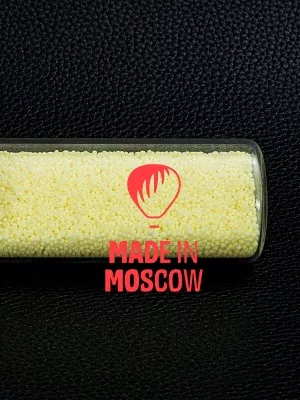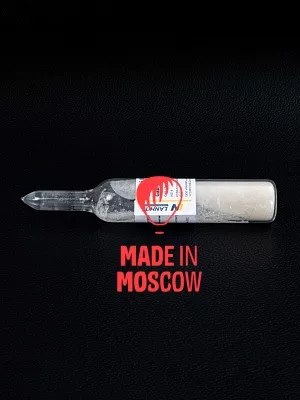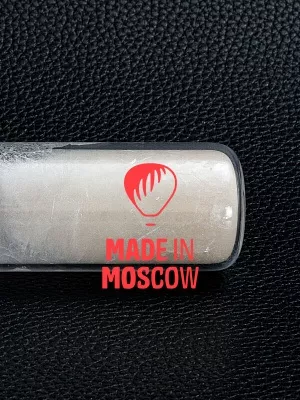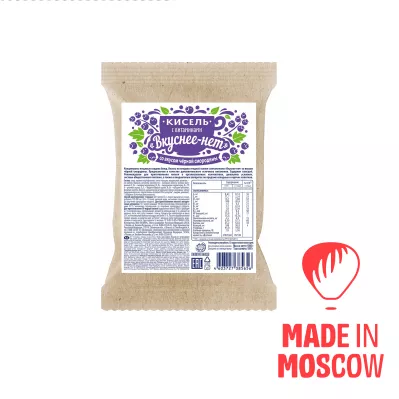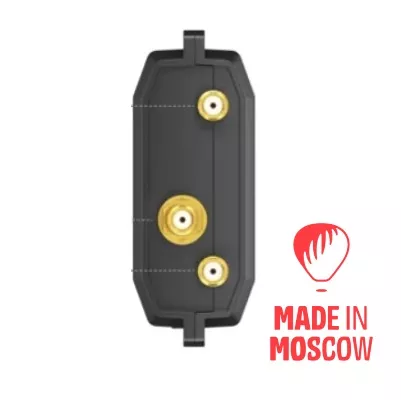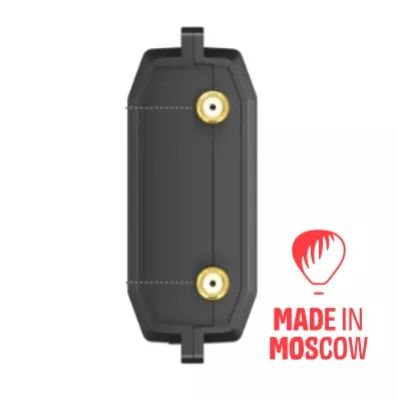Gallium (III), ultra dry, 99.999% (iodide, bromide)
Description
Gallium iodide (GaI3) - yellow-colored granules, used in scientific research, in lighting technology. Gallium iodide consists only of the elements gallium (group A3) and iodine (group A7) of Mendeleev's periodic system. Chemical and physical properties • Molecular weight: 450.44 • Melting point: AA 212°CSA 345°C • Boiling point: AA 345°C • Solubility: Light-sensitive, Moisture-sensitive • Special properties: Light sensitive, Moisture sensitive • Color: Yellow Gallium bromide (GaBr3) - white crystals, used for synthesis of organoelement and semiconductor compounds. Gallium bromide consists only of the elements gallium (group A3) and bromine (group A7) of Mendeleev's periodic system. Chemical and physical properties • Molecular weight: 309.45 • Melting point: 122° • Boiling point: 279° • Solubility: Moisture sensitive • Special properties: Moisture sensitive • Density: 3.69 g/cm3 • Color: White Precautions: Do not inhale dust/smoke/gas/mist/vapor/substance in atomized state. Wash face, hands and any unprotected areas of the body thoroughly after work. Wear protective gloves/protective clothing/eye/face protection. In case of ingestion: Rinse mouth. Do not induce vomiting. In case of contact with skin (or hair): Immediately remove all contaminated clothing, wash skin with water/shower. In case of inhalation: Take the victim out into fresh air and ensure complete rest in a comfortable breathing position. In case of eye contact: Rinse eyes gently with water for several minutes. Remove contact lenses if you are wearing them and if it is easy to do so. Continue flushing eyes. Contact a poison center or doctor immediately. Wash contaminated clothing before further use. Transfer contents to a container for further disposal by an appropriate organization. This compound does not contain group B5 elements and is not a III/V compound based on gallium or indium (such as gallium arsenide, gallium aluminoarsenide, indium phosphide, etc.), and therefore does not fall under the scope of paragraph 3. .3.1.4. of the "List of dual-use goods and technologies that may be used in the development of armaments and military equipment and in respect of which export control is exercised" approved by the Decree of the President of the Russian Federation of May 5, 2004. This compound is not an organometallic compound, since it does not contain an organic part of the molecule and does not fall within the scope of paragraph 3.3.3.1. of the same List, which controls only compounds in which the metallic element is directly linked to the carbon of the organic part of the molecule.





